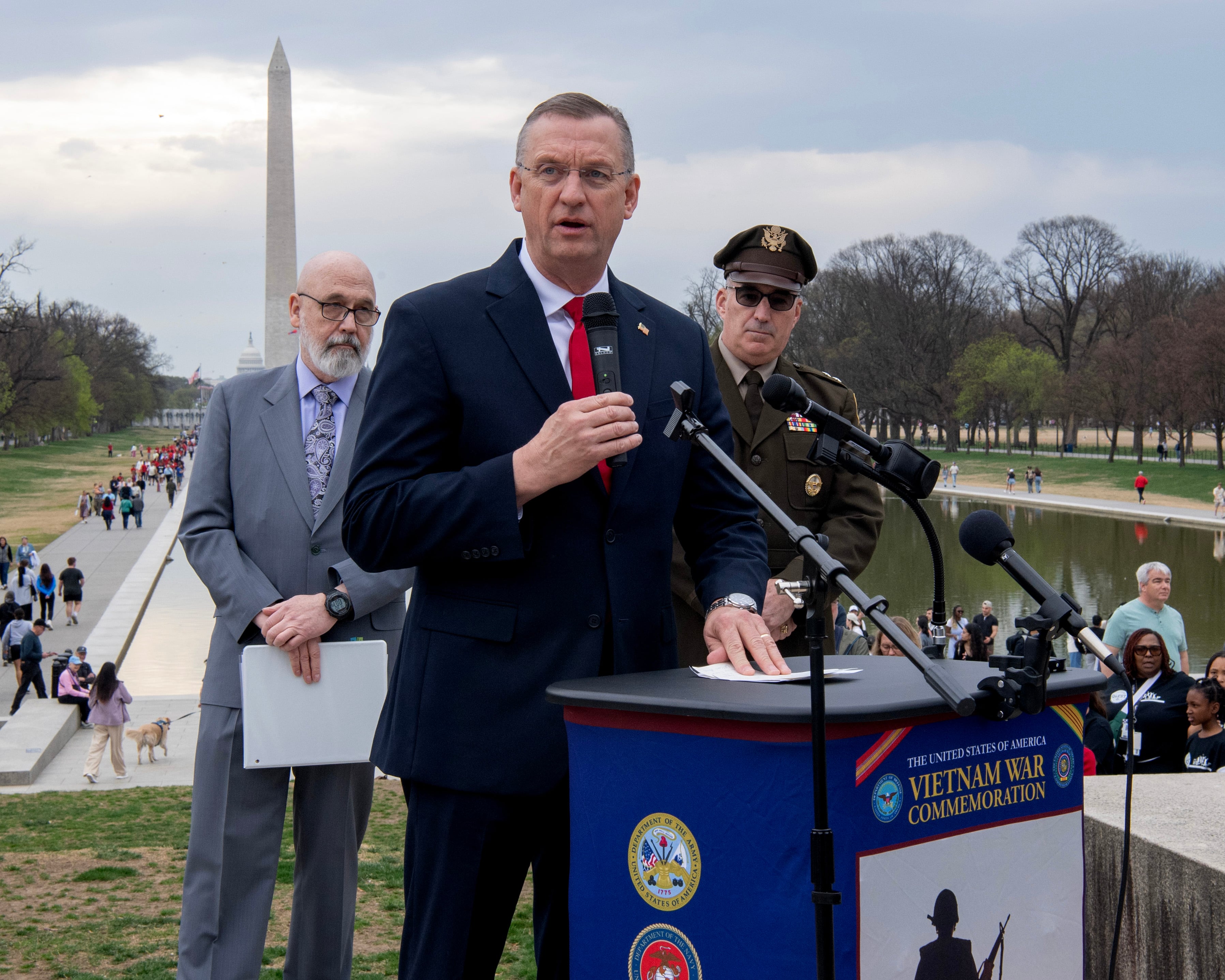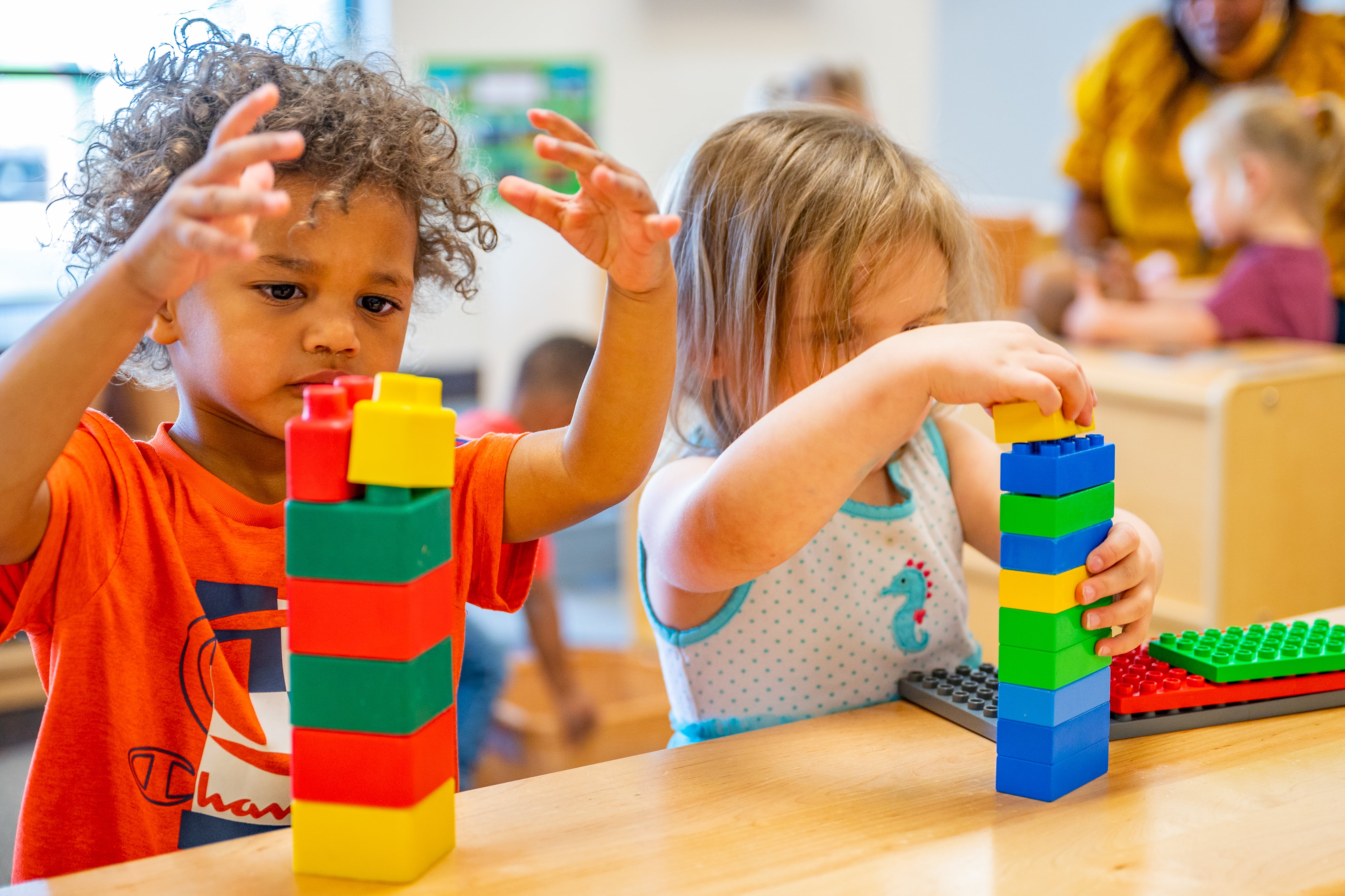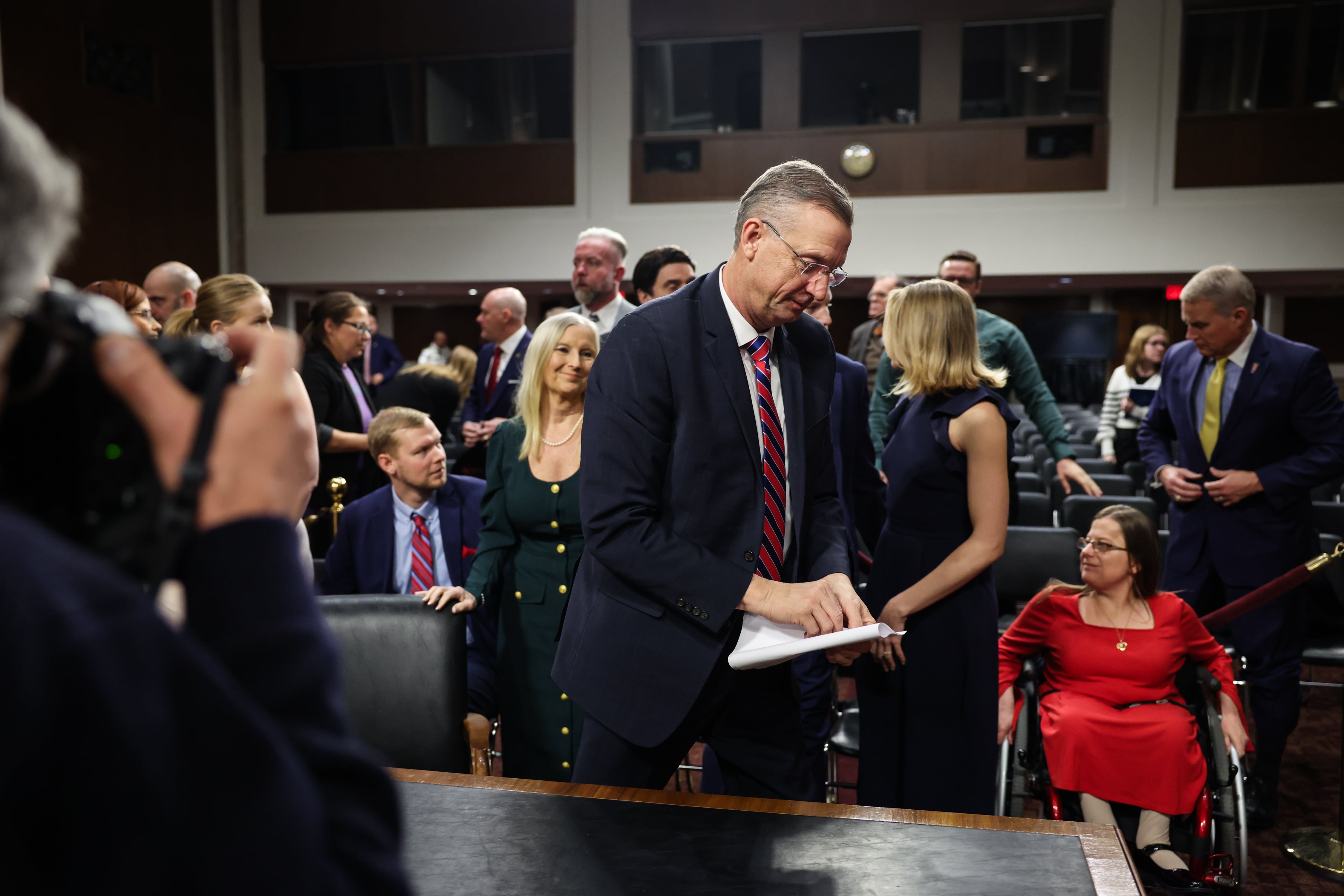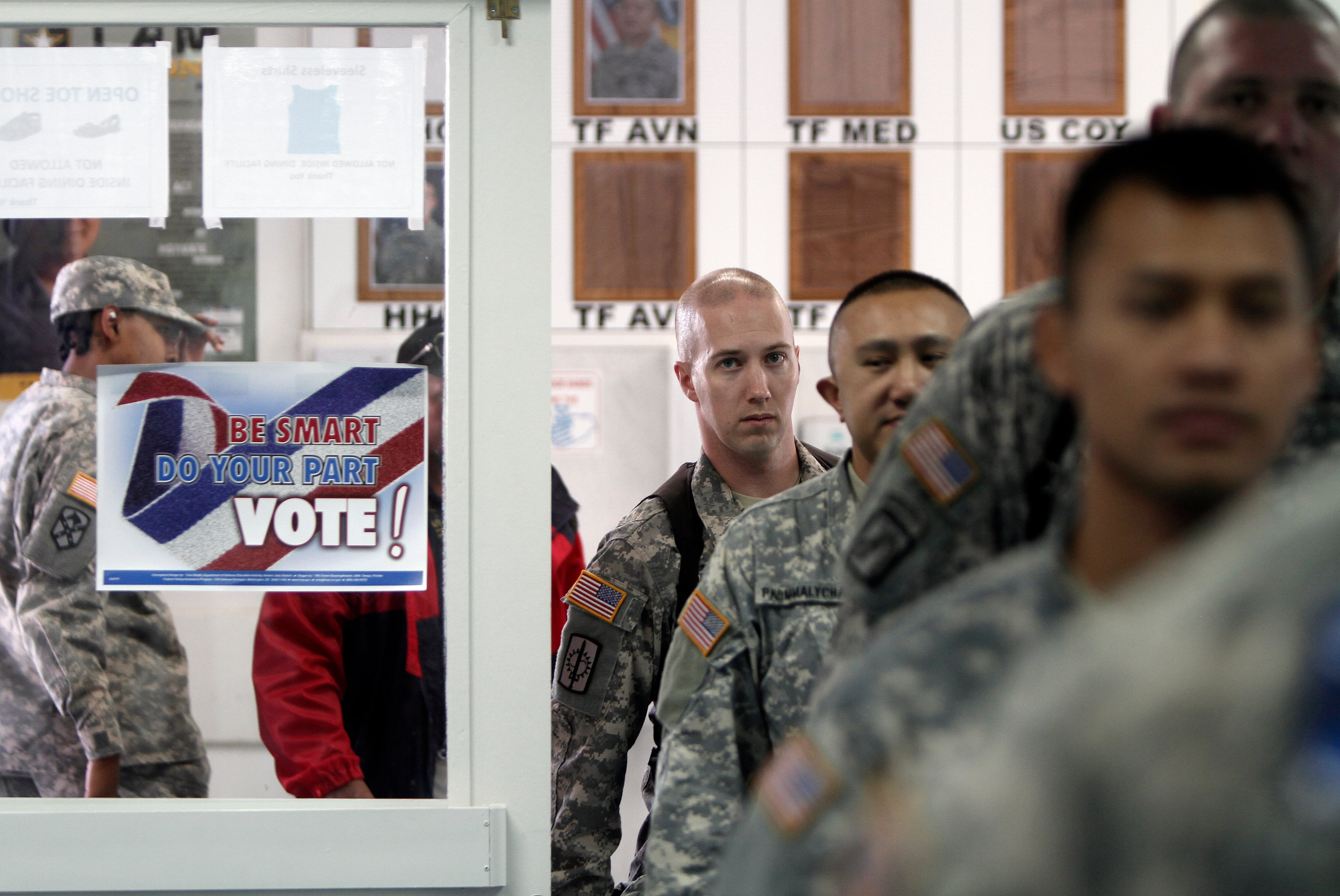RAQQA, Syria — U.S.-backed Syrian fighters have captured almost half of the Islamic State group’s de facto capital of Raqqa, but the push into the city in northern Syria has slowed due to stiff resistance and large amounts of explosives planted by the extremists, a spokeswoman for the fighters and monitors said Thursday.
The assault on Raqqa by the Syrian Democratic Forces, a Kurdish-led fighting coalition, began June 6, backed by U.S.-led coalition airstrikes and U.S. troops advising the local forces.
Since then, the SDF has made steady advances from the eastern and western sides of the city, reaching the walled old quarter.
The fall of Raqqa, ISIS’ self-proclaimed capital, would be a huge loss for the extremist group, which earlier this month lost the Iraqi city of Mosul. But much tougher fighting still lies ahead.
Army Col. Ryan Dillon, the spokesman for the U.S.-led coalition fighting the Islamic State group, said 45 percent of Raqqa is now under the control of the SDF.
In a series of tweets, he said the SDF cleared about 9 square miles of terrain this past week fighting against “stiff, sporadic resistance” from ISIS militants entrenched in Raqqa.
Nisreen Abdullah, the Kurdish spokeswoman, told The Associated Press that the pace of the advance into Raqqa has slowed because of massive amounts of explosives laid by ISIS fighters.
As the extremists become more surrounded, they have increased their suicide attacks against fighters of the SDF, she added.
“Raqqa has become a booby-trapped city and this shows their (IS’) weakness,” said Abdullah, of the Women’s Protection Units or YPJ, speaking from northern Syria. “They are also using civilians as human shields and this is slowing the push as well.”
She said the Syrian Democratic Forces, which includes the Kurdish YPJ women fighters, now controls 45 percent of Raqqa. She added that since the offensive began, SDF fighters have fully captured eight neighborhoods.
Plumes of smoke could be seen behind buildings in Raqqa a day earlier as the coalition pounded ISIS targets in the city. Syrian children looked on as U.S. armored vehicles drove by. One American soldier on a vehicle made the victory sign.
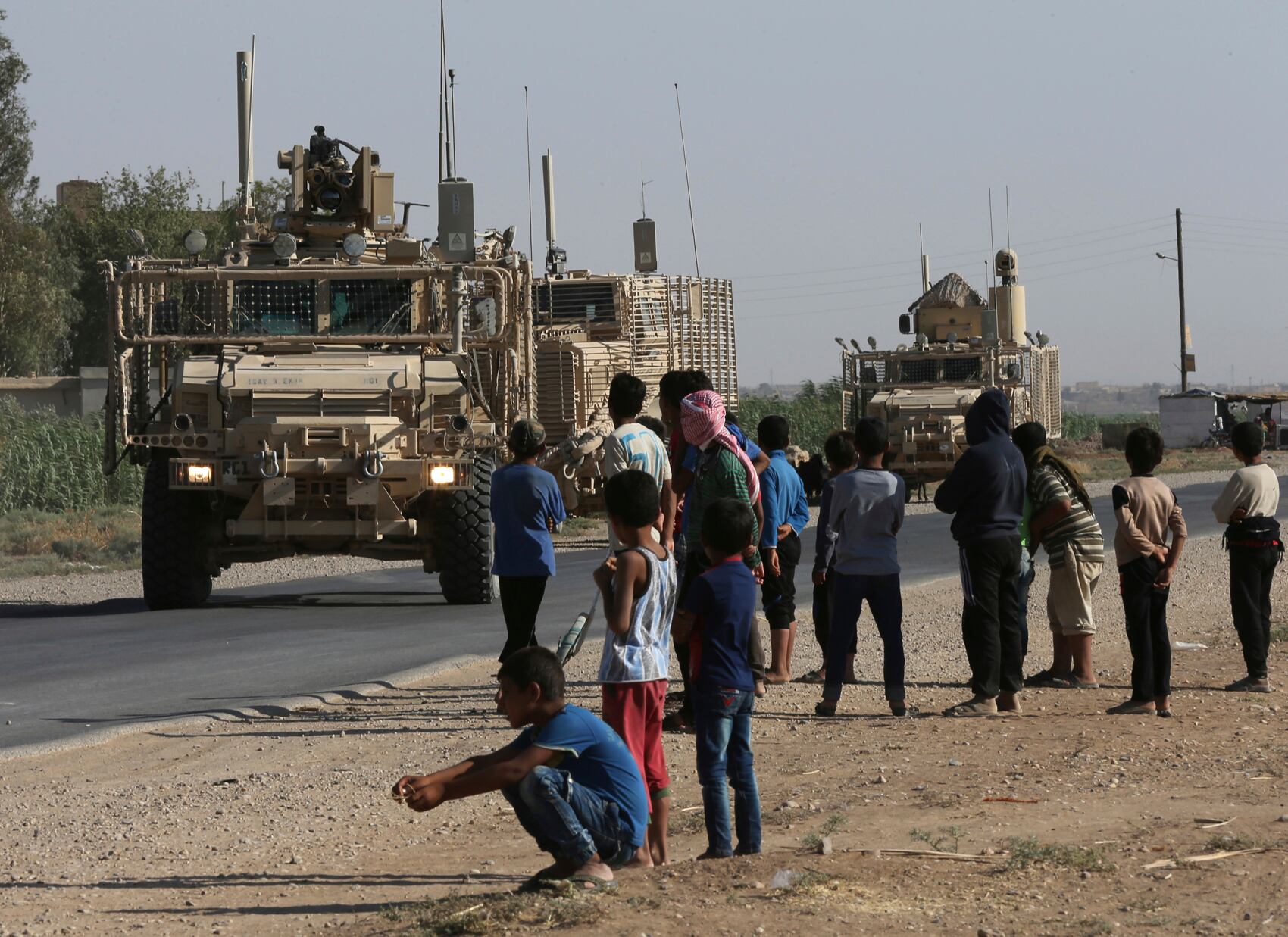
Mustafa Bali, who heads the SDF media center, confirmed on Thursday that the group now has half of Raqqa and said the most important areas liberated in the past four days were the Nazlet Shehadeh and Panorama Square neighborhoods — both on the southwestern part of the city.
But he said there are ISIS counterattacks, militant sleeper cells and tunnels in the area.
“It was not easy, we have casualties and martyrs,” he said, adding that the fighting was ongoing.
In the eastern front, where SDF forces breached ISIS defenses on the edge of the old city about a month ago, fighters have now reached the old citadel, an SDF commander in charge of one sector in the front told the AP.
“As we move forward we find a tunnel every 100 meters,” Jihad Khabat said. He said the enemy, “besieged and in distress,” hides in deep and long tunnels under the city, from where they can hit Syrian fighters in daily counterattacks.
The Britain-based Syrian Observatory for Human Rights also said SDF fighters control half of Raqqa. The attacks on the city have claimed many casualties among the tens of thousands of civilians who are still trapped in areas controlled by ISIS.
The Observatory said 29 people, including eight children, were killed in airstrikes on the city on Wednesday. The activist-operated Raqqa is Being Slaughtered Silently group said 36 people were killed and more than 50 wounded in airstrikes and shelling.
The reports could not be independently confirmed.
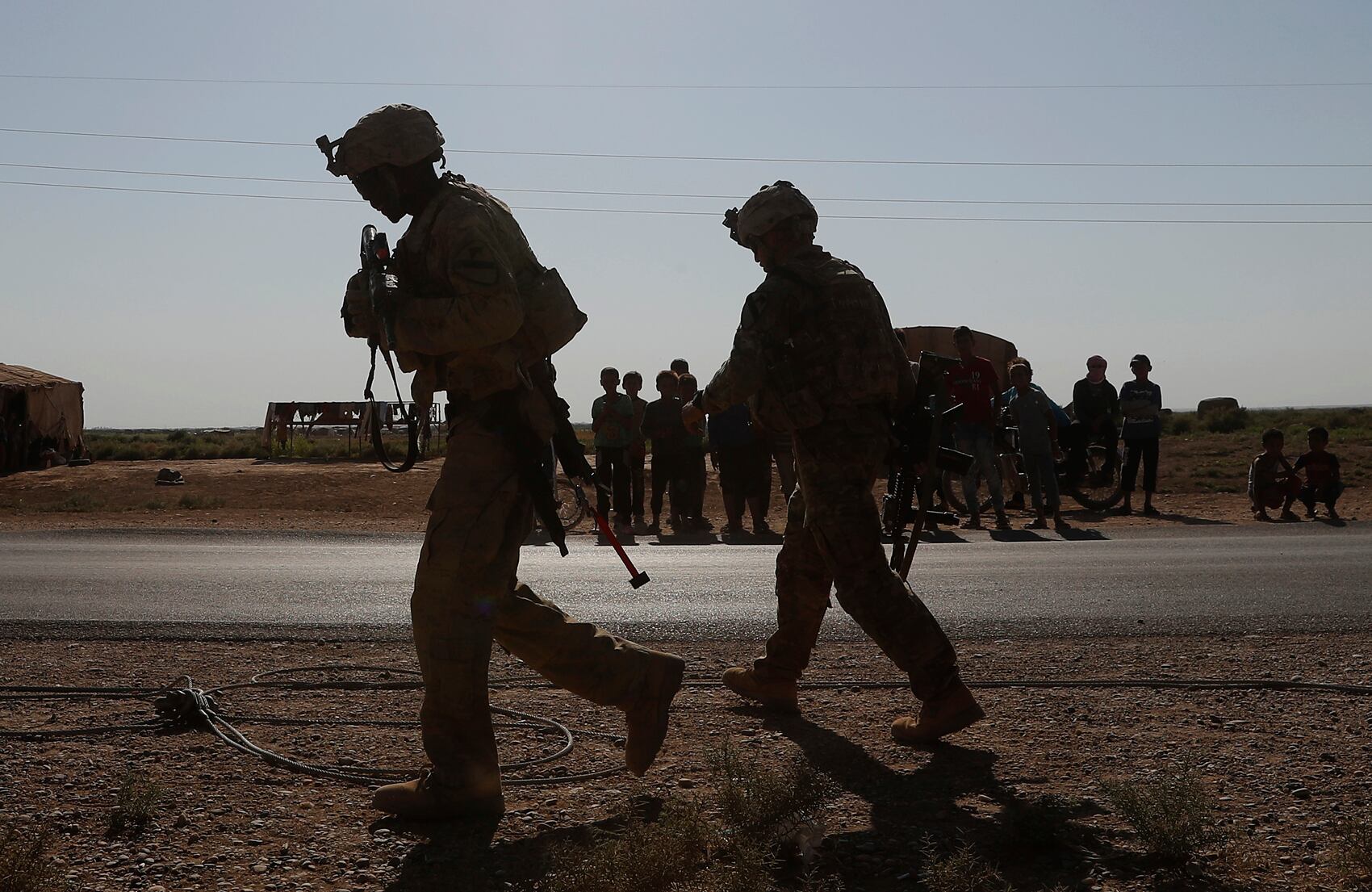
In central Syria, fighting edged closer to the ISIS stronghold of Sukhna, the last major town held by ISIS in the Homs province, according to the Observatory and the government-controlled Syrian Central Military Media.
SCMM said Syrian troops killed and wounded a number of ISIS fighters in battles near a mountain that overlooks the area. The Observatory said troops are now about 5 kilometers (3 miles) from Sukhna, which has been held by ISIS since the summer of 2015.
Near the border with Lebanon, a cease-fire went into effect between the militant Hezbollah group and al-Qaida-linked fighters on Thursday morning as negotiations were underway to reach a deal that would eventually lead to the evacuation of Syrian fighters to the northwestern rebel-held province of Idlib.
The truce followed a six-day offensive by Hezbollah and Syrian troops who besieged al-Qaida-linked fighters in a small border area.
Senior Lebanese security official, Gen. Abbas Ibrahim, who is leading the negotiations, told reporters in Beirut that the details of the deal will remain secret, adding that fighters and their families who decide to leave for Idlib will do it under the supervision of Lebanese authorities.
Hezbollah’s Al-Manar TV said the deal will include the release of five members of the Shiite group who are held by insurgents in Syria.
Associated Press writer Bassem Mroue in Beirut contributed to this report.

